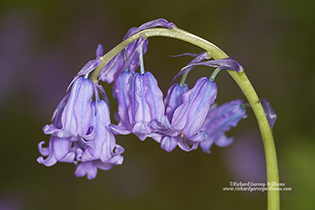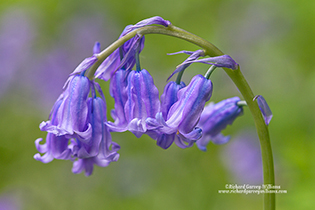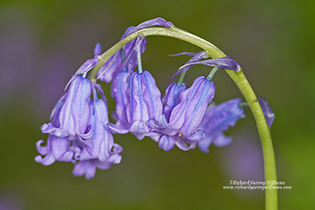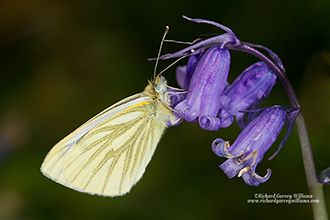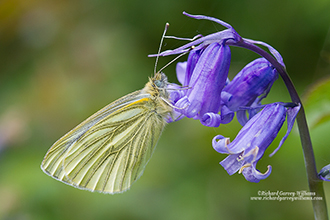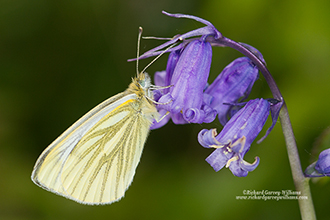Tutorials
Balancing Flash with Ambient Light
We are often aiming to reveal the subtle details in our subject matter and this requires precision in focusing and also an adequate depth of field. However, as we get so close to our subjects using macro lenses and at times extension tubes, the latter is hard to come by. Often apertures of f/16 or smaller are warranted and if we were to rely on the natural light and try to keep our ISO down to reasonable levels, we frequently find that the necessary shutter speed is below that which we can get away with if we are hand-holding our cameras. Resorting to the use of a tripod is not always practical with moving subject matter, so the answer is generally to boost the light a little with the use of flashguns.
In harsh daylight, flash can be used to reveal detail in the shadows as in the case of the undersurface of this butterfly’s wing:
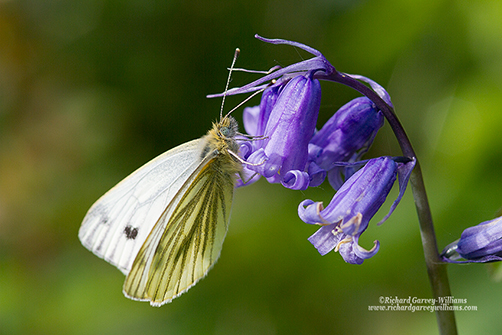
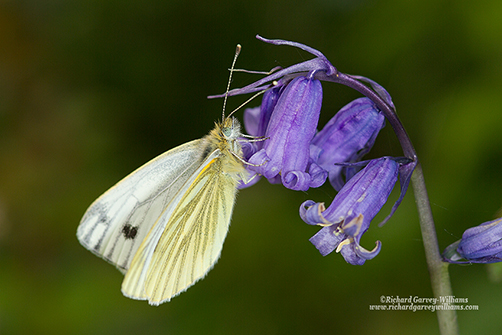
Because in nature photography we are usually looking for a ‘natural’ look, most of us working in this field soon come to the realisation that if it’s very obvious you’ve used flash, you’ve overdone it. So, to avoid this there are a couple of problems we have to face up to.
Firstly, flash tends to provide a unidirectional, strong and direct stream of light. This can produce a rather harsh look with very dark, detail-less shadows, and glaring reflections on the often highly reflective surfaces of leaves, insects and the like.
Secondly, there is the phenomenon of ‘fall-off’. The degree to which flash raises the light levels tends to decrease rapidly with increasing distance from the flash. This can easily lead to objects a little nearer than your subject being terribly over-exposed and anything substantially further away than your subject being rendered virtually black.
Here, the first exposure of these Field Forget-me-nots was made simply using natural light and the second using flash to expose the flowers themselves correctly:
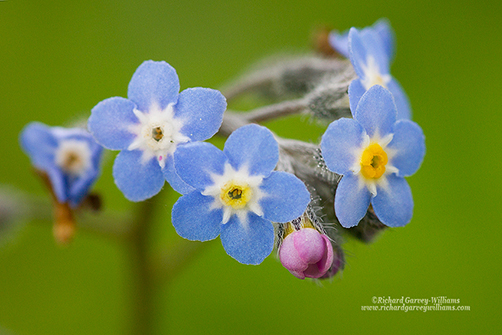
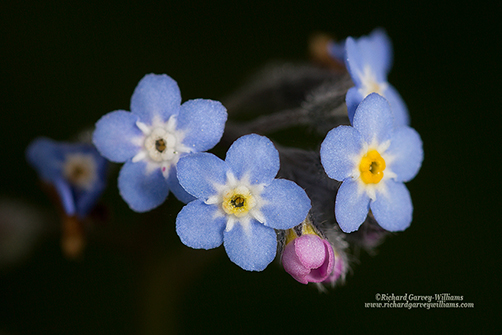
Strategies we can use to counter these effects include:
• Positioning the flashgun away from the camera to provide a more ‘natural’ look to the direction of the light and perhaps provide a more even illumination of foreground, subject and background.
• The use of diffusers to soften the light, and/or reflectors to increase the size of the light source or to channel it in from more directions.
• A second or third flashgun will also serve this purpose. These can be positioned to either even out the lighting and reduce shadows, or to provide better lighting of more distant objects that form the background.
• Specialist ring flash units, by providing a light source that surrounds the lens, also help provide more even lighting.
• Finally - and this is perhaps one of the most important strategies in many situations - we can attempt to balance the artificial light with a good measure of the existing natural light to provide for the needs of our exposure. This generally means that we use the bare minimum flash for our needs. For example, if we are photographing a settled butterfly with a 100mm macro lens without a tripod, we may decide that 1/100th is the slowest shutter speed we are likely to get away with. However, having decided that we don’t want to increase our ISO above 400 and that we need an aperture of f/11, we find that a shutter speed of 1/25th is needed. We would then introduce just enough flash to enable us to bring the shutter speed back up to 1/100th and no higher. This might result in a slightly darker background than if we hadn’t used any flash and perhaps a slightly darker shadow cast by the butterfly onto the leaf beyond, but at least these effects will be minimized and our photograph would be sharp.
Indeed, often we have to accept that whatever we do will be a compromise and to the discerning eye it will still be evident that flash was employed but the main thing is that it doesn’t dominate the photograph. We can also, of course, at times use the harsh light, the reflections it generates and the ‘fall-off’ to our creative advantage. For example, we may wish to emphasize some aspect by making use of the directional quality of the light to ‘spot-light’ the feature, create dark shadows or even isolate it against a dark or even black background.
Two examples of heavy reliance on flash, no flash & an attempt to balance it:
